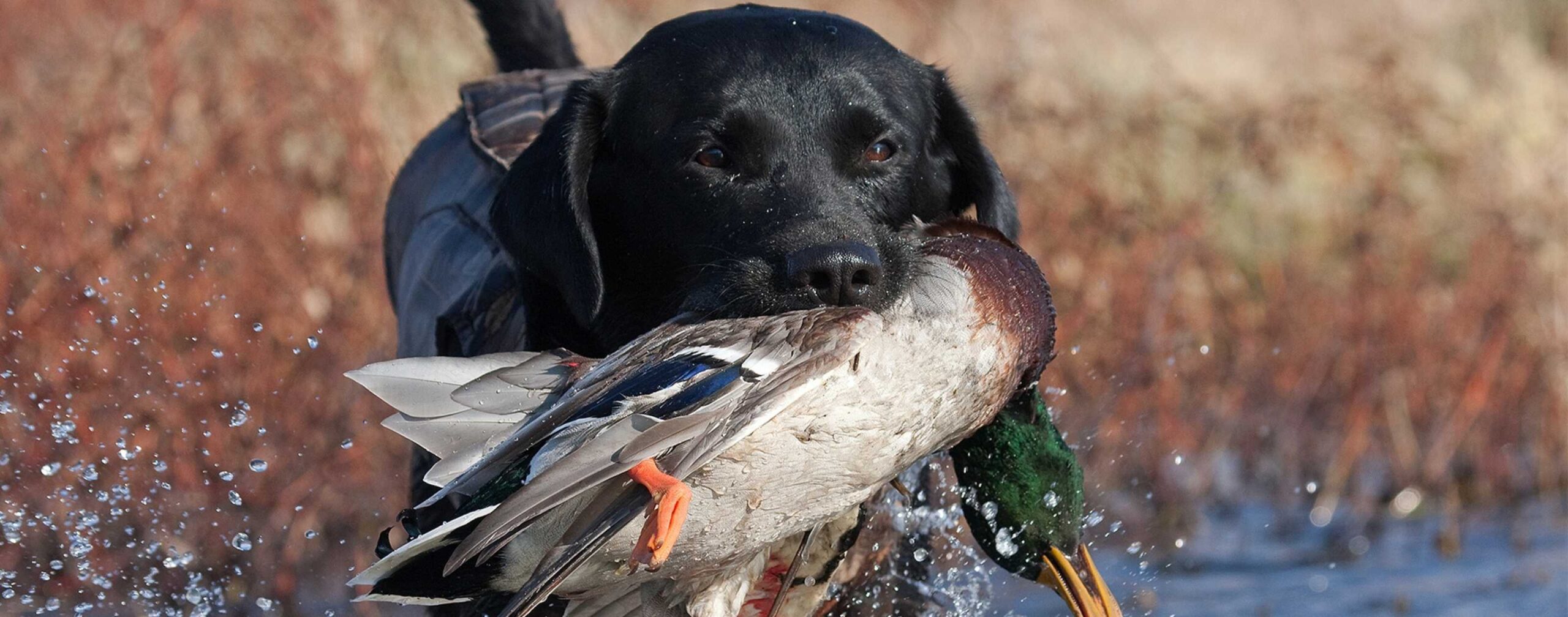

Louisiana’s land loss crisis is an important conservation issue for sportsmen and women across the nation.
Coastal Louisiana is a sportsmen’s destination of forests, swamps, marshes, river channels, estuaries and islands that provide habitat for countless wildlife–including birds, fish, mammals, amphibians and multitudes of smaller organisms that support the food web of this region. Taken together, these habitats make up one of the largest and most productive wetland ecosystems in North America.
It is veritable frenzy of biological productivity:
- Million of ducks and geese winter or stopover in coastal Louisiana every year — or 70 percent of the waterfowl that use the Mississippi and Central flyways.
- Louisiana is a “Sportsman’s Paradise,” with world-class salt- and freshwater fishing opportunities, including catfish, bass, speckled trout, redfish, tuna, mahi mahi, amberjack and more.
- Coastal Louisiana is also home to a number of federally endangered or threatened animals, such as the Louisiana black bear, piping plover and greensea turtle, that struggle to survive in the remaining coastal habitat.

As the coast vanishes, species are losing the habitats they need to survive.
Coastal Louisiana also feeds and fuels the nation with ports connecting the U.S. to the world. Investing in large-scale coastal restoration is a win-win: It protects people, wildlife and jobs, while growing the local economy and avoiding significant future costs to taxpayers.Lorem ipsum dolor sit amet, consectetur adipiscing elit, sed do eiusmod tempor incididunt ut labore et dolore magna aliqua. Ut enim ad minim veniam, quis nostrud exercitation ullamco laboris nisi ut aliquip ex ea commodo consequat.
SPECIES AT STAKE
Learn more about the specific species that are being effected in Coastal Louisiana.
GET INVOLVED
Join the fight to save our Gulf Coast. Stay updated with news and events by signing up for our emails.


